From fish dishes to curry pastes to coconut milk-based dishes, Krachai elevates the flavors of numerous Thai delicacies. It's a must-have in your Thai kitchen arsenal. Let's learn about Krachai and How it's used in Thai Cooking.
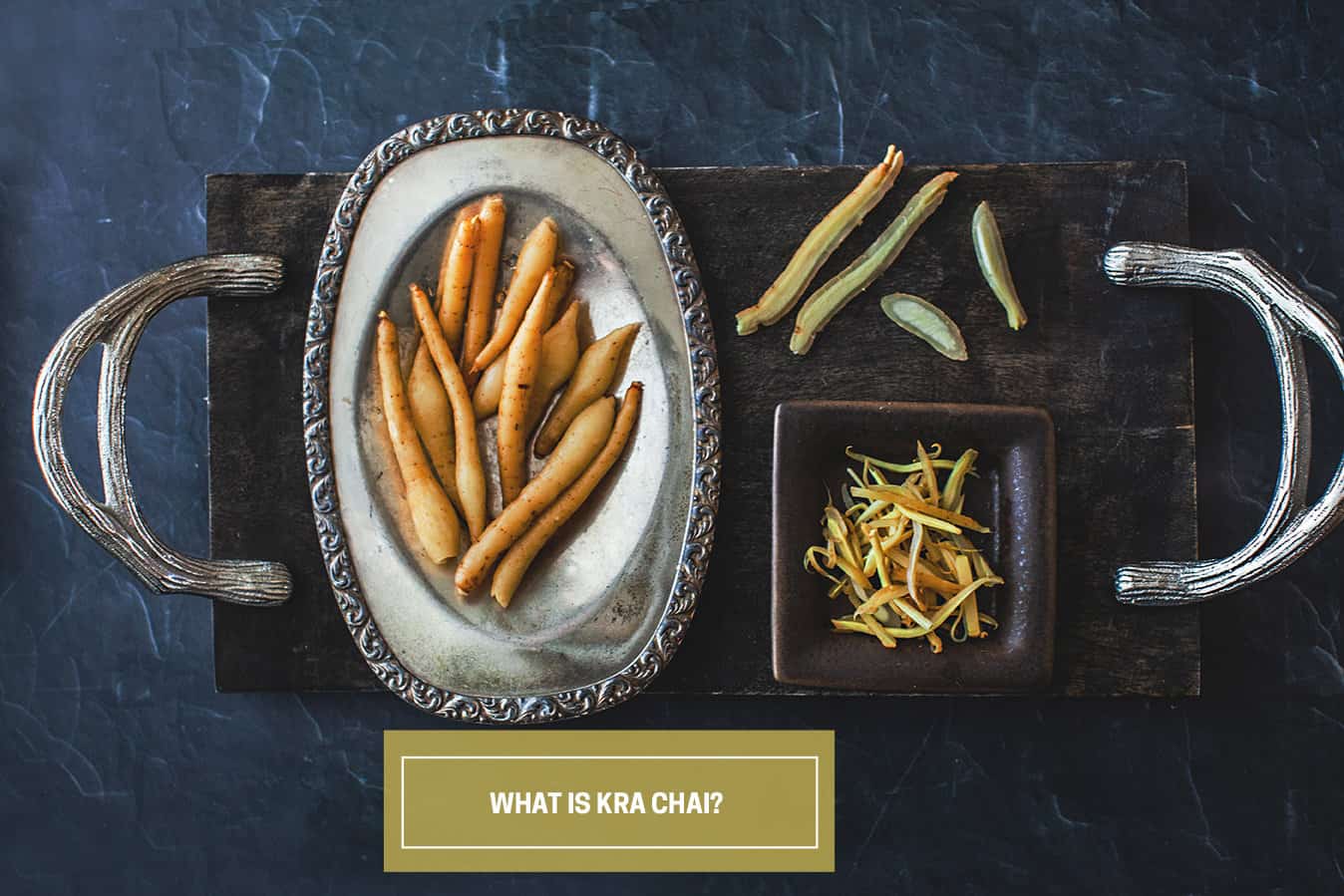
Thai recipes using Krachai are Kanom Jeen Nam Ya, Jungle curry, Jungle curry paste, Pad Cha, Gaeng Som with fish and shrimp, and papaya curry.
Learn more about the different Thai ingredients and how they are used in Thai food by reading about fresh Thai herbs, the different Thai spices, Cha Om, Papayas and how to cut them, tamarind, pandan leaves, and tapioca.
Jump to:
- Krachai in Thai Cooking
- Why You’ll Love Krachai
- What Does Finger Roots Taste Like?
- What Does It Smell Like?
- Thai Recipes Using Krachai
- Substitutes for Krachai
- Variations of Krachai
- Where to Buy Finger root
- Storage
- Variations of Kra Chai
- The Many Names of Krachai
- Frequently Asked Questions
- More Thai Kitchen Resources
- Other Thai Recipes You'll Love
Krachai ranks among my top 3 favorite Thai herbs! Its unique flavor adds depth and complexity to curries, soups, and stir-fries. Plus, I adore infusing mocktails and cocktails with a smashed piece of Krachai for that herbal touch—it's a game-changer!
Krachai in Thai Cooking
Krachai or Kra Chai, also known as fingerroot or Chinese ginger, is an essential ingredient in Thai cuisine. It belongs to the ginger family and is closely related to ginger and galangal. Its botanical name is Boesenbergia rotunda.
Why You’ll Love Krachai
Krachai adds a unique, peppery bite and unusual lemony aspect to dishes, enhancing the flavors of Southeast Asian cuisine. It is an excellent ingredient that adds a very aromatic smell and flavors.
Its positive effect on health, including promoting blood flow and supporting heart muscle health, makes it a valuable ingredient.
What Does Finger Roots Taste Like?
Kra Chai has a sweet taste with a peppery bite and a hint of lemony freshness, making it a standout ingredient in Thai cuisine.
What Does It Smell Like?
Kra Chai has a distinct aroma that sets it apart from ginger. While it's a relative of ginger, there's a significant difference in smell.
It has a peppery, citrusy scent with earthy undertones. However, the aroma is milder than ginger, making it a unique and versatile ingredient in Southeast Asian cuisine.
Thai Recipes Using Krachai
Krachai elevates the flavors of numerous Thai delicacies, from fish dishes to curry pastes. It's a must-have in your Thai kitchen arsenal, enhancing taste and health benefits.
Substitutes for Krachai
No substitutes match the distinctive flavor of Kra Chai, but you can experiment with different forms, like fresh, brined whole, shredded, or powder or extract.
Galangal or regular ginger can not be used as alternatives. However, for an authentic Thai taste, Kra Chai is unbeatable. I suggest going on an adventure to the Asian market to grab this golden delight of an herb. You can use it for several recipes, too.
Variations of Krachai
1. Fresh Krachai
These are highly sought-after but are often challenging to find in Asian markets outside of Thailand. They offer the purest form of Kra Chai, with unmatched flavor and aroma.
2. Frozen Krachai
Frozen Kra Chai is a convenient alternative to fresh ones, especially in areas (like mine) where fresh Kra Chai is unavailable. They are commonly found in the frozen section of Asian markets, typically vacuum-sealed for freshness.
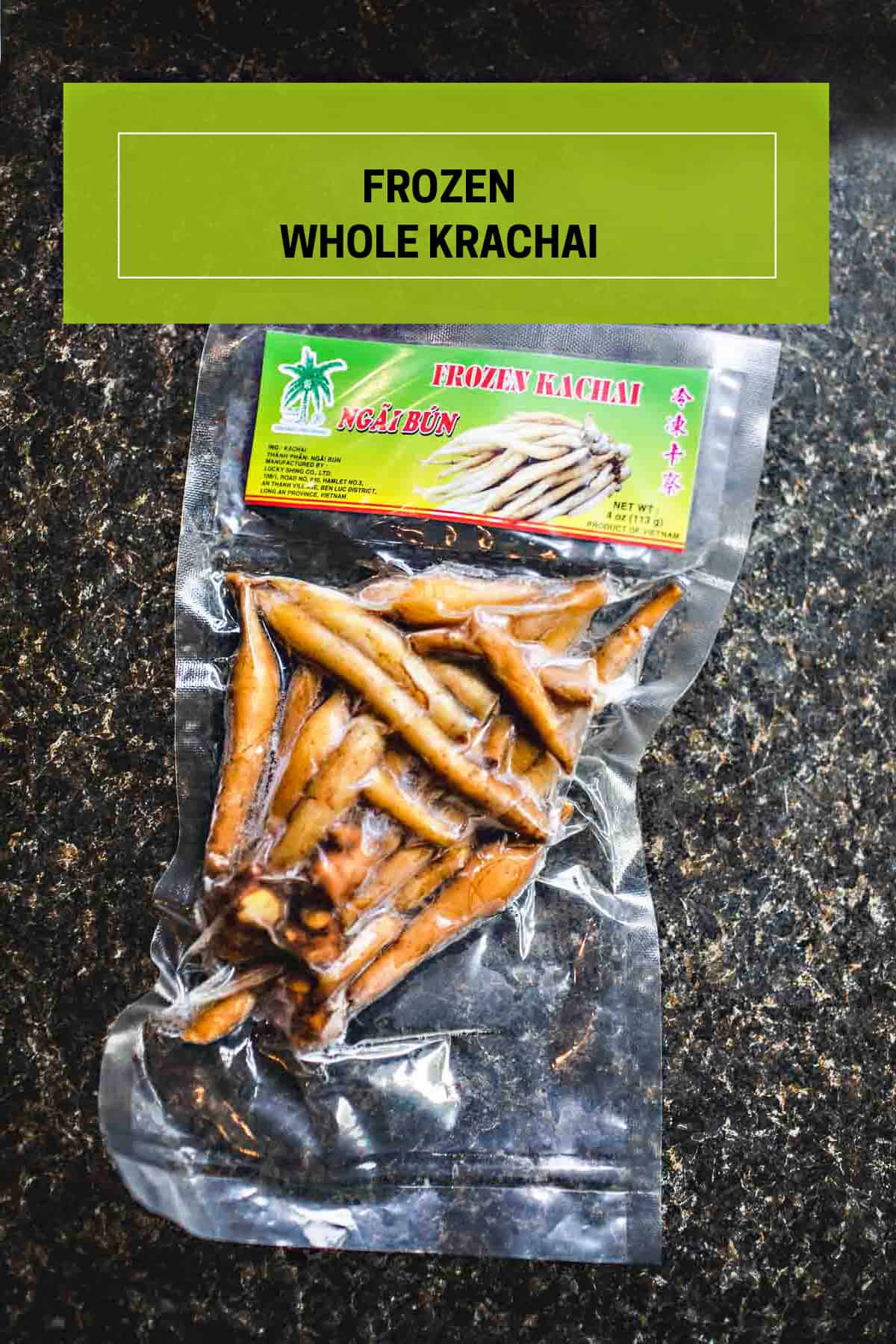
3. Brined Whole Krachai
Sold in glass jars, these whole Krachai roots look like long, thin fingers. The brining process extends their shelf life, although the brine isn't typically used in cooking. Before use, soak the brined Krachai to remove the extra saltiness.
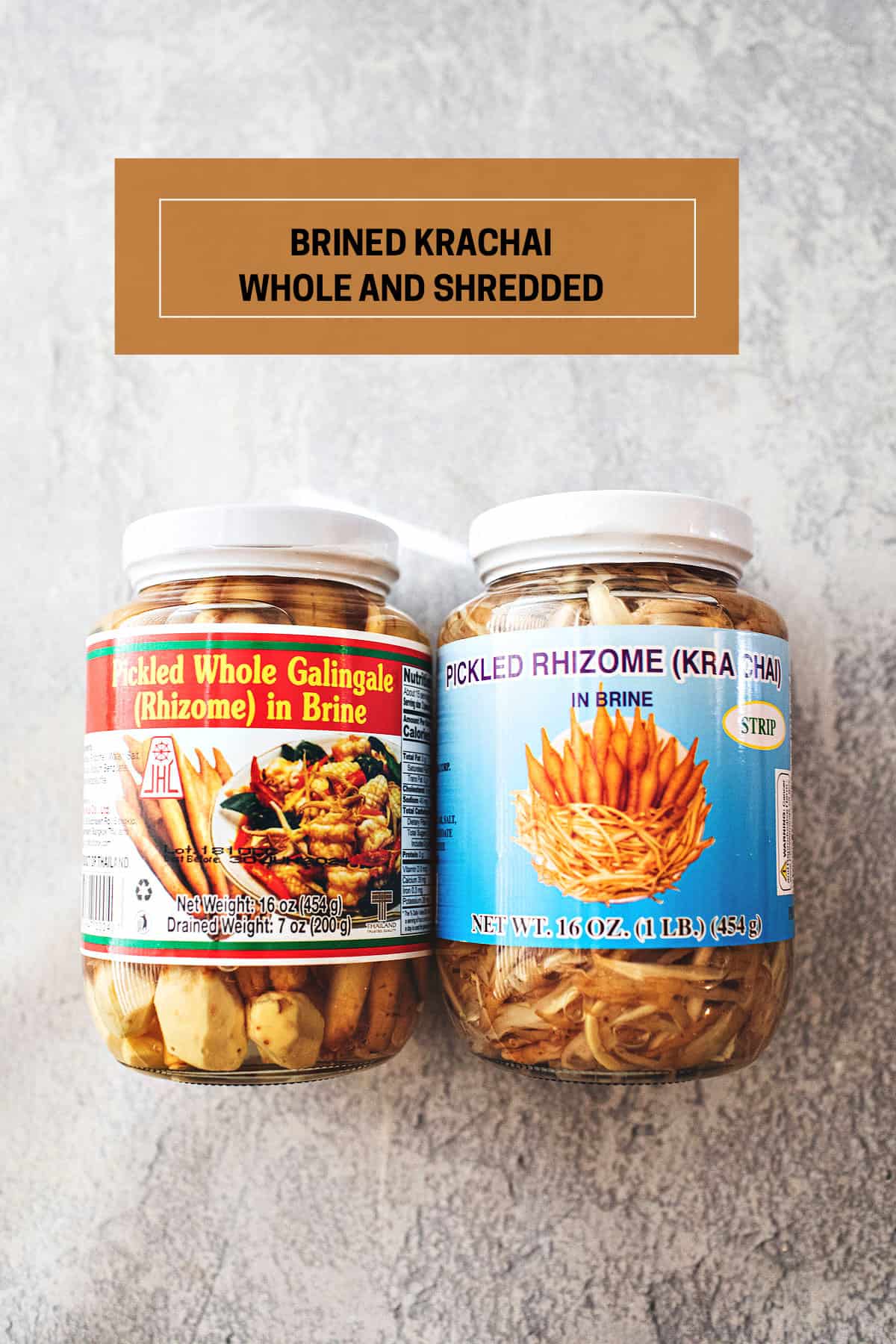
4. Brined Shredded Kra Chai
Similar to the whole Krachai, these are shredded into smaller pieces. They offer the same flavor profile and are treated similarly to Kra Chai. See image above for shredded brined Krachai.
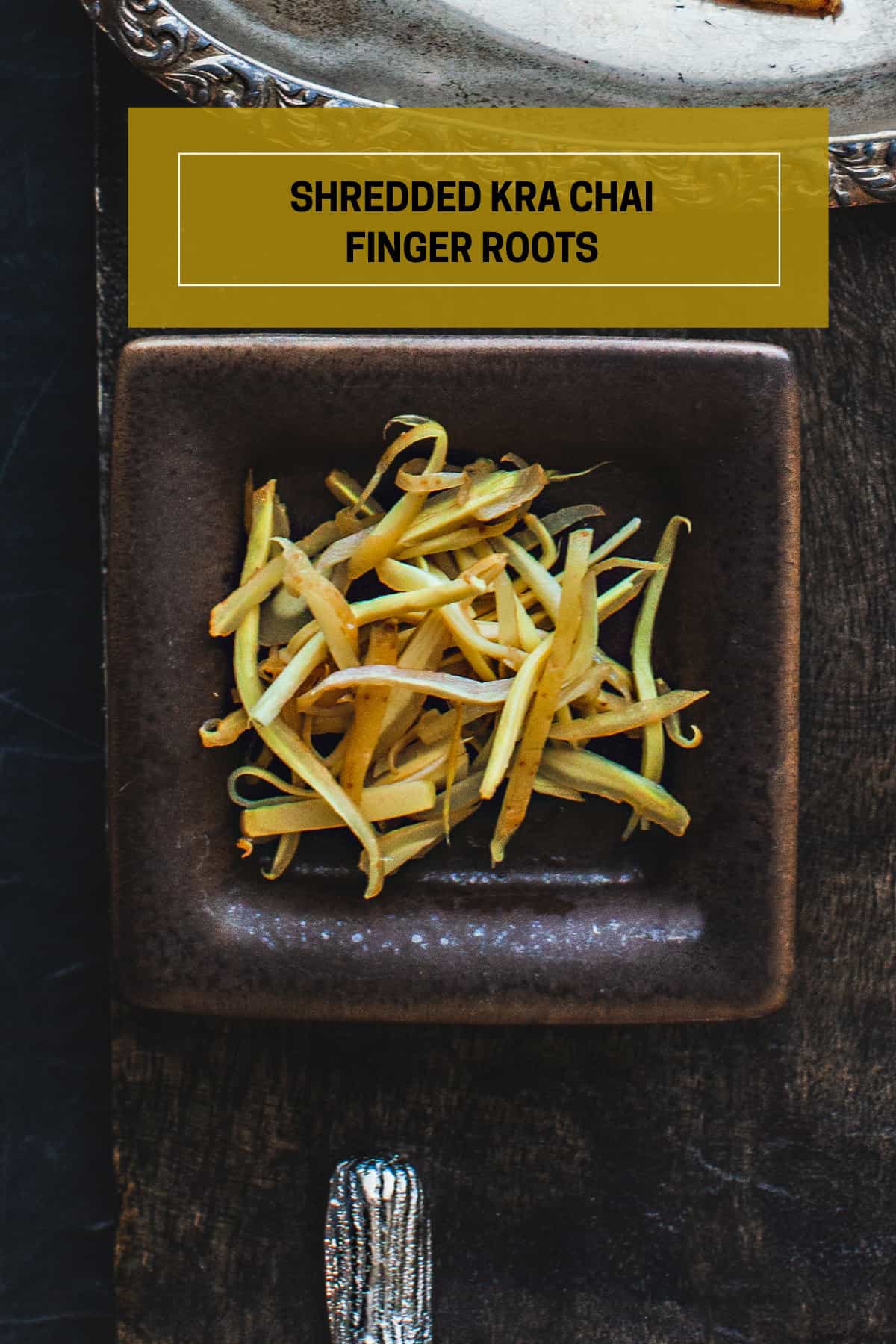
5. Finger Root Powder
When fresh or frozen Kra Chai is unavailable, finger root powder is a convenient substitute. While not as flavorful as fresh or brined Kra Chai, it still imparts a distinctive Kra Chai taste to dishes.

6. Finger Root Extract
Finger root extract contains the essential oils or tinctures of Krachai. While not commonly used in cooking, they are excellent for their aromatic properties and are ideal for home diffusers or aromatherapy.
Where to Buy Finger root
You can find frozen, brined, and powdered Kra Chai at your local Thai market or Asian grocery stores.
Storage
Store fresh Kra Chai in a cool, dry place or in the refrigerator. You can also freeze it for a longer shelf life.
Variations of Kra Chai
Explore different forms of Kra Chai, including fresh roots, brined options, and powdered or extracted versions to suit your culinary needs. See the section above for the different variations of the herb.
The Many Names of Krachai
Kra Chai, also known as fingerroot, boasts several other common names depending on the region and context. These various names reflect the widespread use and recognition of Kra Chai across different culinary traditions and regions throughout Southeast Asia and beyond.
- Fingerroot or finger roots. This name comes from the appearance of the rhizomes, which resemble fingers.
- Chinese Keys. It's called so due to its shape, which resembles a bunch of keys.
- Chinese Ginger. This name highlights its similarity to ginger and its use in Chinese cuisine.
- Lesser Galangal. Kra Chai is sometimes referred to as lesser galangal, distinguishing it from greater galangal, another member of the ginger family.
- Thai Ginseng. In Thailand, Kra Chai is sometimes referred to as Thai ginseng due to its traditional use as a tonic herb.
- Temu Kunci. This is another name for Kra Chai, particularly in Indonesian cuisine.
- Black Ginger. Occasionally, Kra Chai is called black ginger due to the color of its rhizomes.
- Lesser Ginger. Similar to lesser galangal, this name emphasizes its relationship with ginger.
Frequently Asked Questions
Kra Chai is commonly known in English as fingerroot or Chinese ginger.
Kra Chai is used to add flavor and depth to Thai dishes. Its aromatic properties enhance the overall taste of the cuisine.
Kra Chai root refers to the underground stem of the Kra Chai plant, which is used as a culinary herb in Southeast Asian cooking.
The botanical name of Kra Chai is Boesenbergia rotunda.
Kra Chai is believed to have several health benefits, including promoting blood flow, supporting heart muscle health, and potentially positively affecting sexual performance. It is also used in folk medicine as a tonic herb for different ailments.
For its unique flavor and aroma, Kra Chai is used in various Thai dishes, including curries, soups, stir-fries, and salads.
** Thank you so much for visiting my blog! This is truly a passion for me. If you have enjoyed these recipes and appreciate the hard work I put into them, I would love it if you would share them with your friends! Your recommendation is the highest review I could hope for, and I’d appreciate it! **
More Thai Kitchen Resources
Looking for other recipes like this? Check these out.
- Different Types of Thai Basil and Their Uses
- Best Mortar & Pestles for Thai Cooking (And How to Use Them)
- Start Here-Your Guide to the Best Thai Recipes
- Thai Food by Region (A Guide to Regional Dishes and Flavors)
- How to Balance Thai Flavors
- What is Pandan and How to Use It
- How to Make Coconut Milk (6 Ways!)
- How to Open a Coconut in 4 Easy Ways!

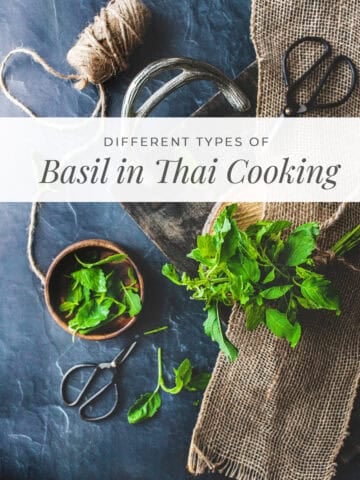
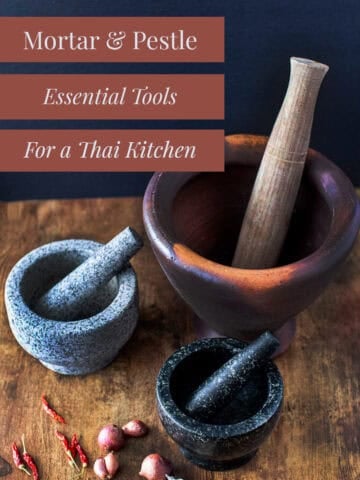



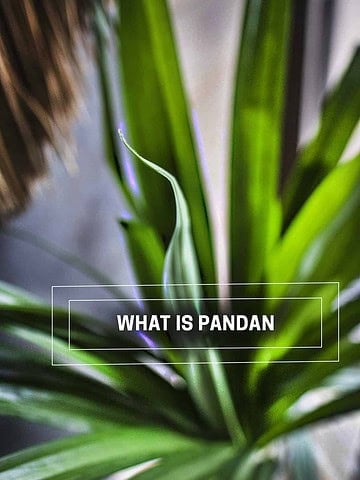
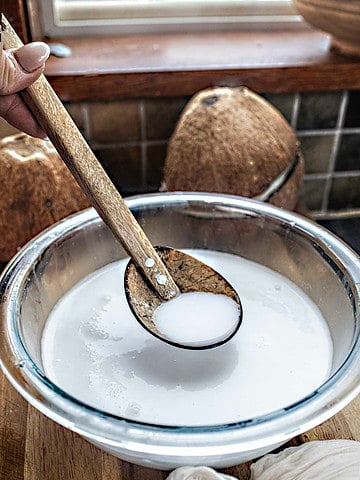
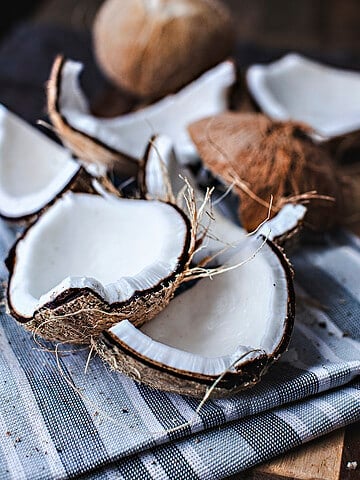
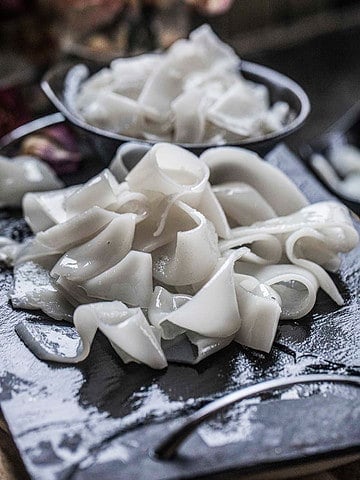
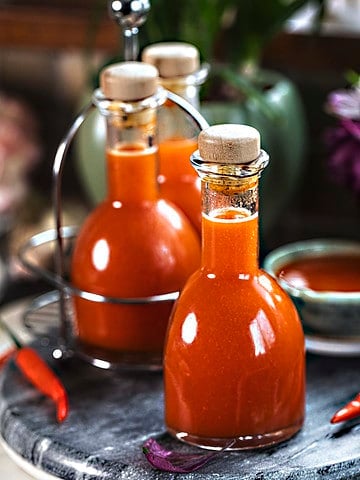
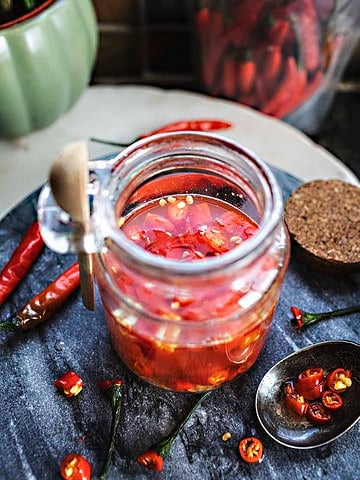
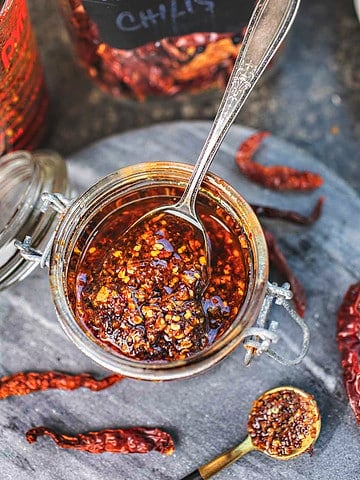
Leave a Reply